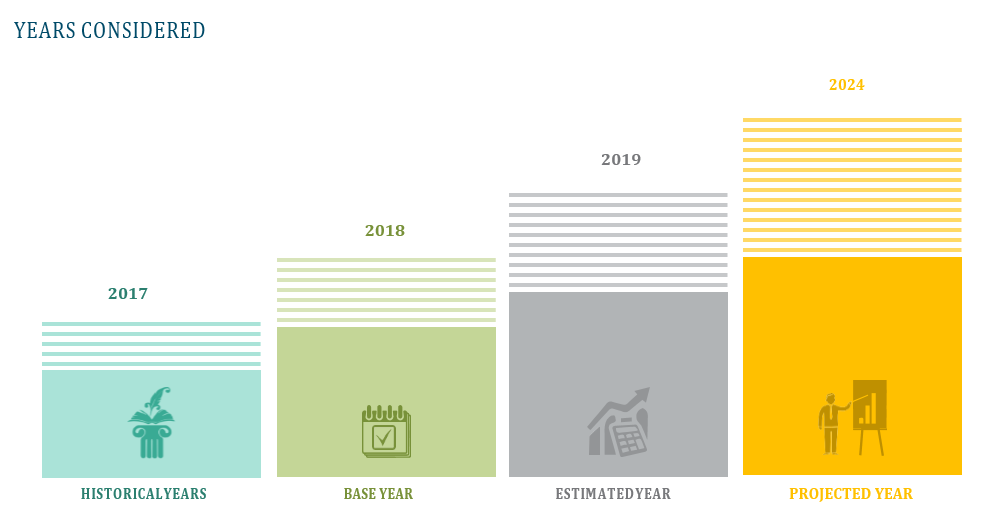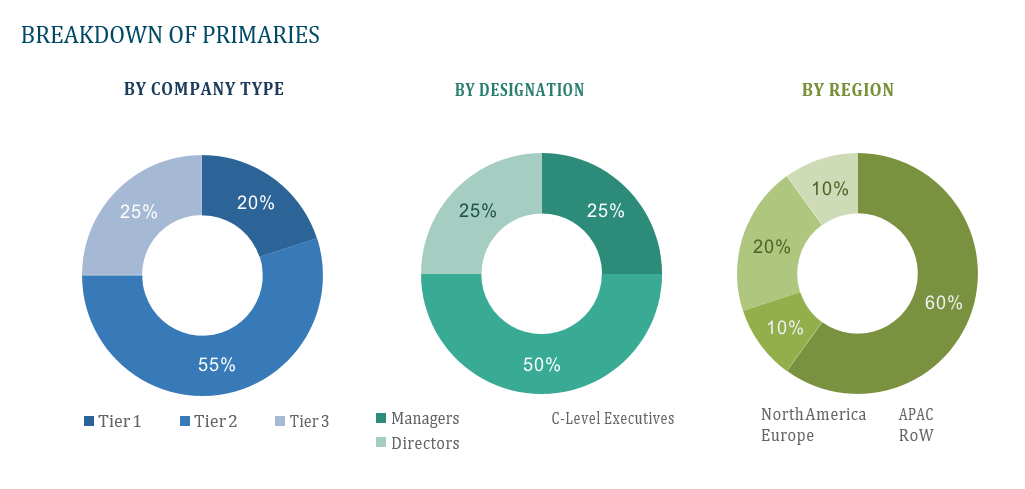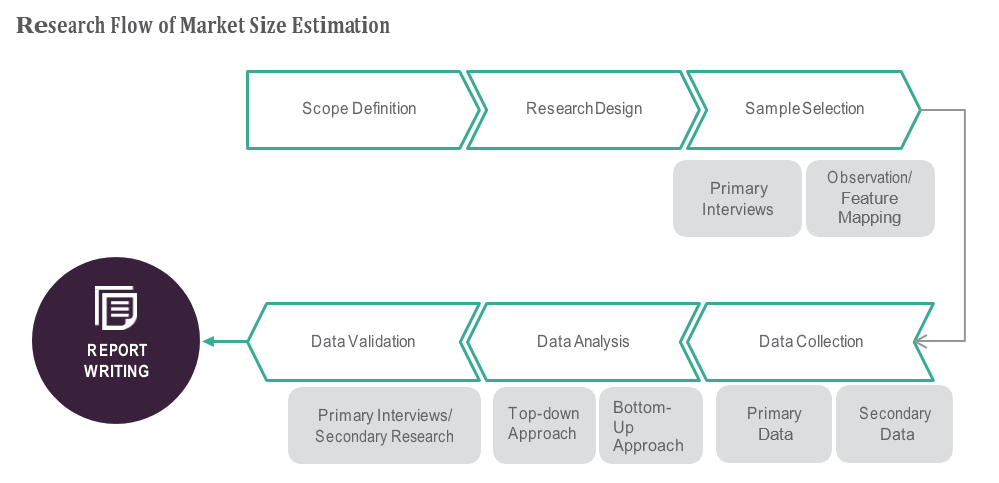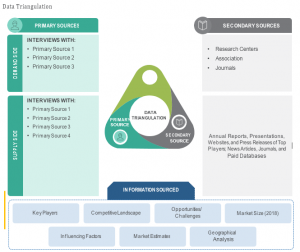OVERVIEW
The Global Enteral Feeding Devices Market is expected to grow at a CAGR of 24.91% and is calculated to reach $9.25 billion during the forecast period 2019-2024. The increasing rate of IoT devices and the capability of a small cell network offers direct connectivity among those devices, which is increasing the demand for the Global Enteral Feeding Devices Market.








TABLE OF CONTENT
1 Global Enteral Feeding Devices Market – Overview
1.1 Study Objectives
1.2 Market Definition
1.3 Study Scope
1.3.1 Markets Covered
1.3.2 Geographic Scope
2 RESEARCH METHODOLOGY
2.1 Research Data
2.1.1 Secondary Data
2.1.1.1 Key Data From Secondary Sources
2.1.2 Primary Data
2.1.2.1 Key Data From Primary Sources
2.1.2.2 Key Industry Insights
2.1.2.3 Breakdown of Primaries
2.2 Market Size Estimation
2.2.1 Bottom-Up Approach
2.2.2 Top-Down Approach
2.3 Market Breakdown and Data Triangulation
2.4 Research Assumptions
3 Global Enteral Feeding Devices Market – Executive Summary
3.1 Market Revenue, Market Size and Key Trends by Company
3.2 Key Trends by type of Application
3.3 Key Trends segmented by Geography
4 Global Enteral Feeding Devices Market – Comparative Analysis
4.1 Product Benchmarking – Top 10 companies
4.2 Top 5 Financials Analysis
4.3 Market Value split by Top 10 companies
4.4 Patent Analysis – Top 10 companies
4.5 Pricing Analysis
5 Global Enteral Feeding Devices Market – Industry Market Entry Scenario
5.1 Regulatory Framework Overview
5.2 New Business and Ease of Doing business index
5.3 Case studies of successful ventures
5.4 Customer Analysis – Top 10 companies
6 Global Enteral Feeding Devices Market – Market Forces
6.1 Introduction
6.2 Market Dynamics
6.2.1 Drivers
6.2.1.1 Growing prevalence of chronic diseases
6.2.1.2 Growth in the geriatric population
6.2.1.3 Rising incidence of malnutrition cases
6.2.1.4 High adoption of enteral nutrition
6.2.2 Challenges
6.2.2.1 Insufficient Reimbursement for Enteral Nutrition
6.2.2.2 Dearth of Skilled Professionals
6.3 Porters Analysis of Market
6.3.1 Bargaining power of suppliers
6.3.2 Bargaining powers of customers
6.3.3 Threat of new entrants
6.3.4 Rivalry among existing players
6.3.5 Threat of substitutes
7 Global Enteral Feeding Devices Market – Strategic Analysis
7.1 Value Chain analysis
7.2 Product Life Cycle
7.3 Supplier and distributor analysis (Market share and product dealing strategies)
8 Global Enteral Feeding Devices Market – By Type (Market Size – & million/billion)
8.1 Enteral Feeding Tubes
8.2 Administration Sets
8.3 Enteral Syringes
8.4 Enteral Feeding Pumps
8.5 Consumables
9 Global Enteral Feeding Devices Market – By Age Group
9.1 Adults
9.2 Pediatrics
10 Global Enteral Feeding Devices Market – By Application
10.1 Oncology
10.2 Diabetes
10.3 Hypermetabolism
10.4 Gastrointestinal Diseases
10.5 Neurological Disorders
10.6 Others
11 Global Enteral Feeding Devices Market – By End-User
11.1 Hospitals
11.2 Home Care
11.3 Ambulatory Care
12 Global Enteral Feeding Devices Market – By Geography (Market Size – & million/billion)
12.1 Introduction
12.2 North America
12.2.1 US
12.2.2 Canada
12.2.3 Mexico
12.3 Europe
12.3.1 U.K
12.3.2 Germany
12.3.3 Italy
12.3.4 France
12.3.5 Spain
12.3.6 Rest of Europe
12.4 Asia-Pacific
12.4.1 China
12.4.2 Japan
12.4.3 India
12.4.4 South Korea
12.4.5 Rest of APAC
12.5 Rest of the World
12.5.1 South America
12.5.2 Middle East
12.5.3 Africa
13 Global Enteral Feeding Devices Market – Entropy
13.1 New product launches
13.2 M&A’s, collaborations, JVs and partnerships
14 Global Enteral Feeding Devices Market Company Profile (Key Players)
14.1 Market Share, Company Revenue, Products, M&A, Developments
14.2 Alcatel-Lucent
14.3 Ericsson
14.4 Qualcomm Telecommunications
14.5 NEC Corporation
14.6 Nokia Networks
14.7 Samsung
14.8 ZTE Corporation
14.9 Airspan Networks, Inc.
14.10 CommScope Inc.
14.11 Huawei Technologies
14.12 Company 11 & more
15 Global Enteral Feeding Devices Market – Appendix
15.1 Sources
15.2 Abbreviations













